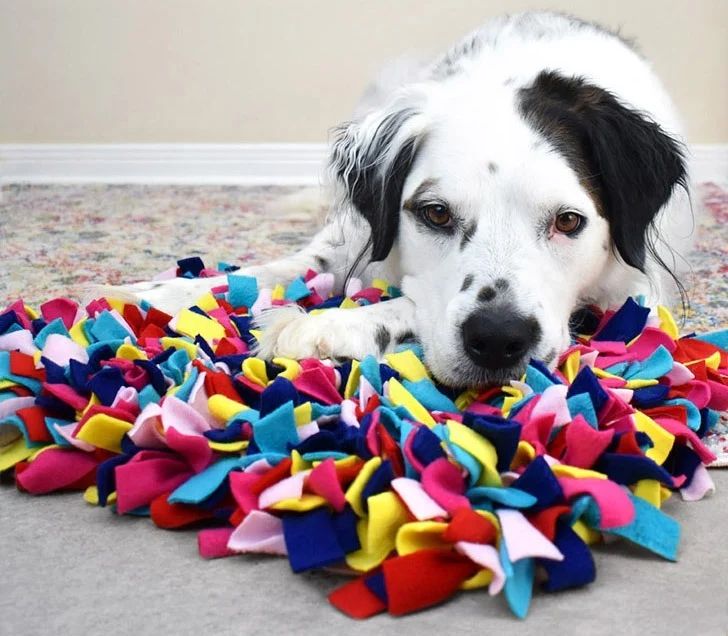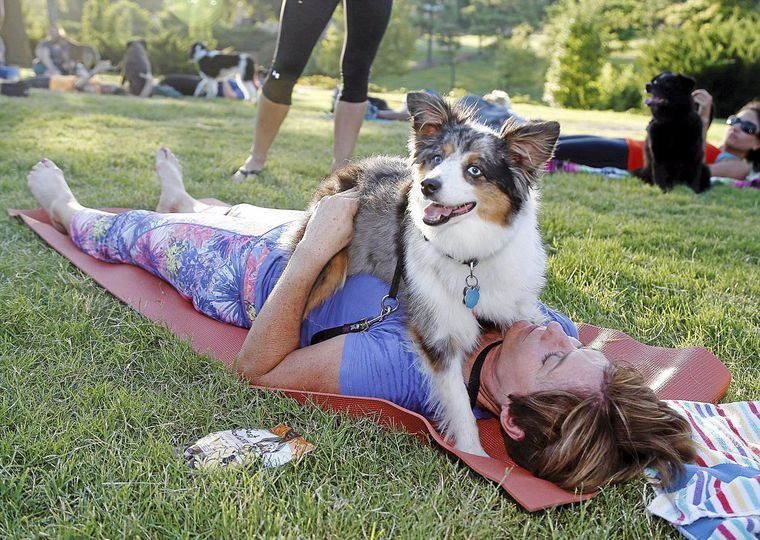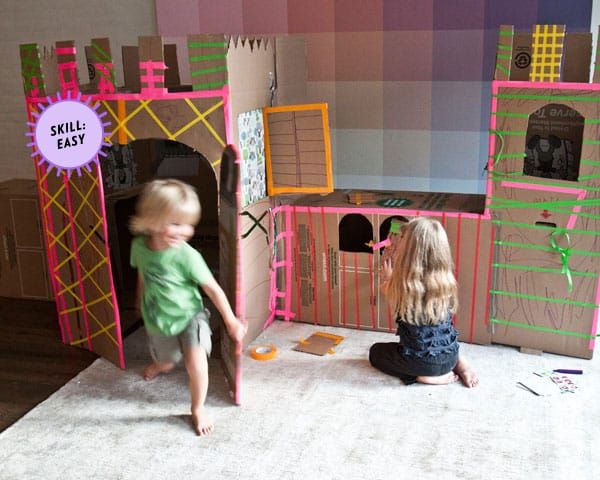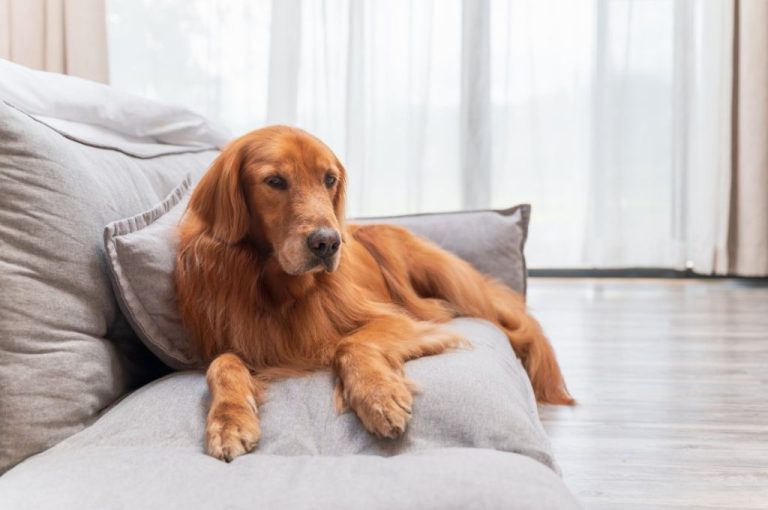Puzzle Toys: Mental Stimulation For Canines
Puzzle toys are interactive toys designed to provide dogs with mental stimulation and enrichment. They offer an activity for dogs to
engage their minds while playing. Puzzle toys come in a variety of forms, including interactive feeders that make dogs “work” for their food, chew toys with chambers to hide treats, and games that require figuring out steps to earn rewards like treats or access to a beloved ball.
The purpose of puzzle toys is to provide mental enrichment and exercise for a dog’s brain (source). It’s just as important for dogs to have mental stimulation as physical exercise. A lack of mental stimulation can lead to boredom, which may result in undesirable behaviors like
excessive barking, chewing, digging, or aggression (source).
The benefits of puzzle toys include providing an outlet for a dog’s natural instincts to forage, hunt, and problem solve. This gives purposeful activity for their minds. Puzzle play can also help relieve anxiety and stress in dogs. Overall, mental exercise from puzzle toys enhances a dog’s psychological wellbeing.
Types of Puzzle Toys
There are three main types of puzzle toys for dogs: food puzzles, interactive puzzles, and chew toys. Each provides mental stimulation in a different way.
Food puzzle toys are designed to make dogs “work” for their food or treats. The food or treats are placed inside a toy and the dog has to figure out how to move pieces or compartments to access the reward. Examples of food puzzle toys include the Starmark Bob-A-Lot, OurPets Slobber Stopper, and Outward Hound Brick Puzzle Game.
Interactive puzzles involve physical manipulation or contact to reveal treats. These encourage mental stimulation as dogs figure out how to move parts and components. Examples include the Outward Hound Tornado Puzzle, Trixie Sliding Puzzle Game, and PetSafe Dispense-A-Ball.
Chew toys like the KONG Classic and the Starmark Treat Dispensing Chew Ball involve chewing or licking to gradually access hidden treats inside the toy. The chewing action provides mental engagement.
Benefits of Puzzle Toys
Puzzle toys provide a number of important benefits for dogs. First, they help improve a dog’s intelligence and problem-solving skills. Dogs need mental stimulation, and puzzle toys provide an outlet for them to use their brains. As dogs manipulate and figure out puzzle toys, they are exercising and developing their cognitive abilities. According to Rover, puzzle toys engage a dog’s natural scavenging instincts.
In addition to mental exercise, puzzle toys help alleviate boredom and anxiety in dogs. Dogs that are left alone for long periods may resort to destructive behaviors or develop separation anxiety. Giving them puzzle toys provides them with an engaging activity to focus on instead. The mental stimulation from working on puzzle toys can relax and calm dogs that experience boredom or stress when alone.
Puzzle toys are also useful for dogs that tend to eat too quickly. Because dogs have to manipulate the toy to get the treats out, it forces them to slow down their eating pace. This is healthier for dogs prone to bloating or choking when they scarf down food too fast. Puzzle toys encourage moderation and more mindful eating habits.

Finally, puzzle toys provide enrichment for dogs. It gives them an outlet for their natural foraging and scavenging drives. The process of “hunting” for food inside puzzle toys satisfies a dog’s needs for physical and mental stimulation. This enrichment staves off boredom and replaces undesirable behaviors stemming from a lack of activity.
Choosing Puzzle Toys
When choosing puzzle toys, it’s important to consider your dog’s unique characteristics so you can match the puzzle difficulty to their abilities. One of the first things to think about is your dog’s breed, as some breeds tend to be more energetic and require more stimulation than others. Smaller dogs will need smaller puzzles, while larger, stronger dogs will need bigger and more challenging toys.
Your dog’s age is also a factor, as puppies and senior dogs may not be able to manipulate complex puzzles. Chewing habits should be taken into account too – strong chewers will need durable puzzle toys made of harder materials. Dogs with a high food drive may get extra motivated by puzzles involving treats or kibble. According to Preventive Vet, starting with a puzzle toy that has a large opening can make it easier for dogs to access the treats inside. They recommend the West Paw Toppl as a good beginner option.[1]
The key is to match the level of difficulty to your individual dog’s abilities so they feel challenged but not frustrated. Start simple and work your way up to more complex puzzles as your dog gets better at using their problem-solving skills.
Food Puzzle Toys
Food puzzle toys are designed to mentally stimulate dogs by making them work for their food. Some popular food puzzle toys include:
- Kongs – These rubber toys have hollow interiors that can be stuffed with treats or kibble. Dogs have to work to get the food out, providing mental stimulation. Kongs come in various shapes and sizes (see https://www.countryliving.com/life/kids-pets/g45023236/best-dog-puzzles/).
- Treat balls – These balls have holes where owners can place treats or kibble inside. As the dog rolls the ball around, treats fall out. Treat balls encourage physical and mental activity as dogs have to strategize to get the treats out (see https://www.smartbark.co.uk/post/best-puzzle-dog-toys).
- Snuffle mats – These mats have hidden pockets and flaps where treats can be hidden. Dogs use their nose to sniff out treats, providing mental enrichment. Snuffle mats are great for small dogs (see https://www.preventivevet.com/best-interactive-dog-feeders-and-puzzles).
Food puzzles encourage dogs to problem solve to obtain their food, providing mental stimulation that can help prevent boredom and behavioral issues.
Interactive Puzzle Toys
Interactive puzzle toys require dogs to use their paws and mouth to manipulate the toy in different ways to access the treats or kibble inside. These types of toys provide mental stimulation by challenging your dog to figure out how to slide, lift, spin or otherwise maneuver parts of the toy. They encourage logical thinking, problem solving skills and curiosity in dogs.
Some examples of interactive puzzle toys include:
- Sliding block puzzles where dogs have to slide blocks across a track to uncover the treats underneath.
- Spinning treat wheels that dogs have to bat or spin to distribute kibble.
- Treat balls with holes that dogs have to maneuver to make treats fall out.
- Snuffle mats or boxes that dogs have to root around in with their nose to find hidden kibble or treats.
- Tug toys with hidden pouches that only open when the dog pulls on both ends of the rope.
The manipulation required engages your dog’s natural foraging instincts and keeps them intellectually stimulated. Interactive toys are great for energetic, intelligent breeds who get bored easily and need a challenge.
Chew Toys
Power chewers and aggressive chewers need much tougher toys than the average dog. Their strong jaws and teeth can destroy toys very quickly, so finding durable options is important. Some great chew toys for power chewers include:
Kongs – Especially the black Kongs, these rubber toys can stand up to rigorous chewing. You can stuff them with treats or peanut butter and freeze them for a longer-lasting challenge.
Nylabones – These classic bones made of tough nylon come in a variety of shapes and flavors and are designed specifically for heavy chewers.
Antlers – Deer, elk, and moose antlers are a natural chew choice. They are extremely hard and long-lasting.
Tires – Thick rubber tires, often with ropes running through the middle, provide hours of chewing entertainment.
Goughnuts rings – The distinctive donut shape gives dogs a good grip. The natural rubber has a red safety indicator so owners know when to replace the toy. https://www.dogtuff.com/collections/tuff-tested-chew-toys
Bully sticks – These dried bull penises offer a tasty, satisfying chew for dogs. Look for thick, 6-12 inch ones to last longer.
Hooves – Split cow hooves are long-lasting natural chews. Choose odor-free ones to avoid stinky breath afterwards.
Rope toys – Very thick ropes woven out of durable materials can provide a great tug toy option.
Safety
When choosing puzzle toys, it’s important to consider safety. Select toys that are the appropriate size for your dog to avoid choking hazards. Small pieces can pose a risk if they break off, so monitor your dog’s playtime with any toys that have movable parts.
Since dogs use their mouths to explore, destructive chewing is always a possibility. Supervise play sessions until you know how your dog will interact with a new toy. For extreme chewers, look for heavy-duty rubber or hard plastic toys without parts that can break off.
While mental stimulation is important, don’t overdo it. Start with 10-15 minutes of interactive play or puzzle-solving per day and watch for signs of frustration like destructive chewing or disinterest. Every dog has different capabilities when it comes to mental challenges.
Most importantly, pay attention to your dog’s behavior with new toys. Remove and replace any toys that pose safety risks. With proper monitoring and toy selection, puzzle play can be an enriching experience for dogs.
Motivation
When introducing puzzle toys, it’s important to properly motivate your dog to engage with them. Using high-value treats that your dog loves can be a great way to get them interested in puzzle toys. As one Reddit user suggests, you can “Pace kibble/small treats in each holder (where you would put an egg) and place golf balls/small tennis balls/small toys in there too” (source).
Offering praise and encouragement when your dog solves parts of the puzzle is also key. You want to let them know when they are doing something right so they associate the puzzle with positive reinforcement.
It’s also important to switch up and introduce new puzzle toys frequently to prevent boredom. The goal is to keep your dog engaged and challenged. Making the puzzles slightly more difficult over time can help continue progress as your dog’s puzzle-solving skills advance.
With the right motivation like high-value treats, praise, and new toys, you can get your dog excited to take on any mental challenge!
Conclusion
In conclusion, puzzle toys provide important mental stimulation and enrichment for dogs. By making your dog work for their food or treats, puzzle toys engage their natural foraging instincts. This provides valuable mental exercise to keep them sharp and focused. Interactive toys add the element of play, allowing dogs to have fun while problem solving. Chew toys satisfy dogs’ natural urge to chew while keeping them busy.
When choosing puzzle toys, opt for challenging but achievable puzzles suited to your dog’s abilities. Monitor your dog’s interaction with any new toy and make sure they are using it safely and as intended. Puzzle toys should be used in moderation as part of a balanced routine of activities. With the right toys and proper supervision, you can provide your canine companion with engaging mental enrichment every day.
The key points covered were the various types of puzzle toys, the cognitive and behavioral benefits of mental stimulation, factors to consider when selecting appropriate toys, safety precautions, motivation and enrichment techniques, and the importance of incorporating puzzle toys as part of a well-rounded routine.





